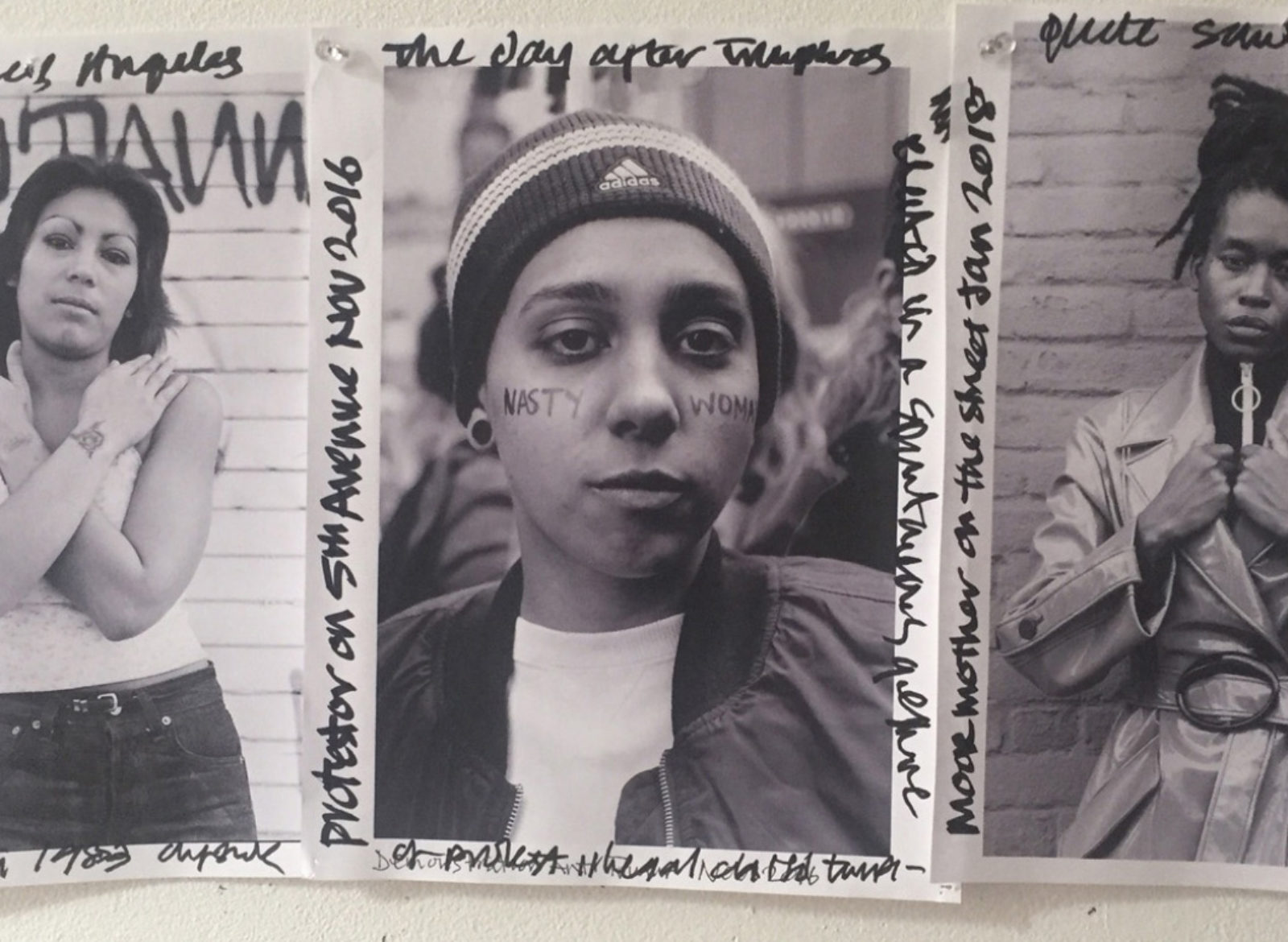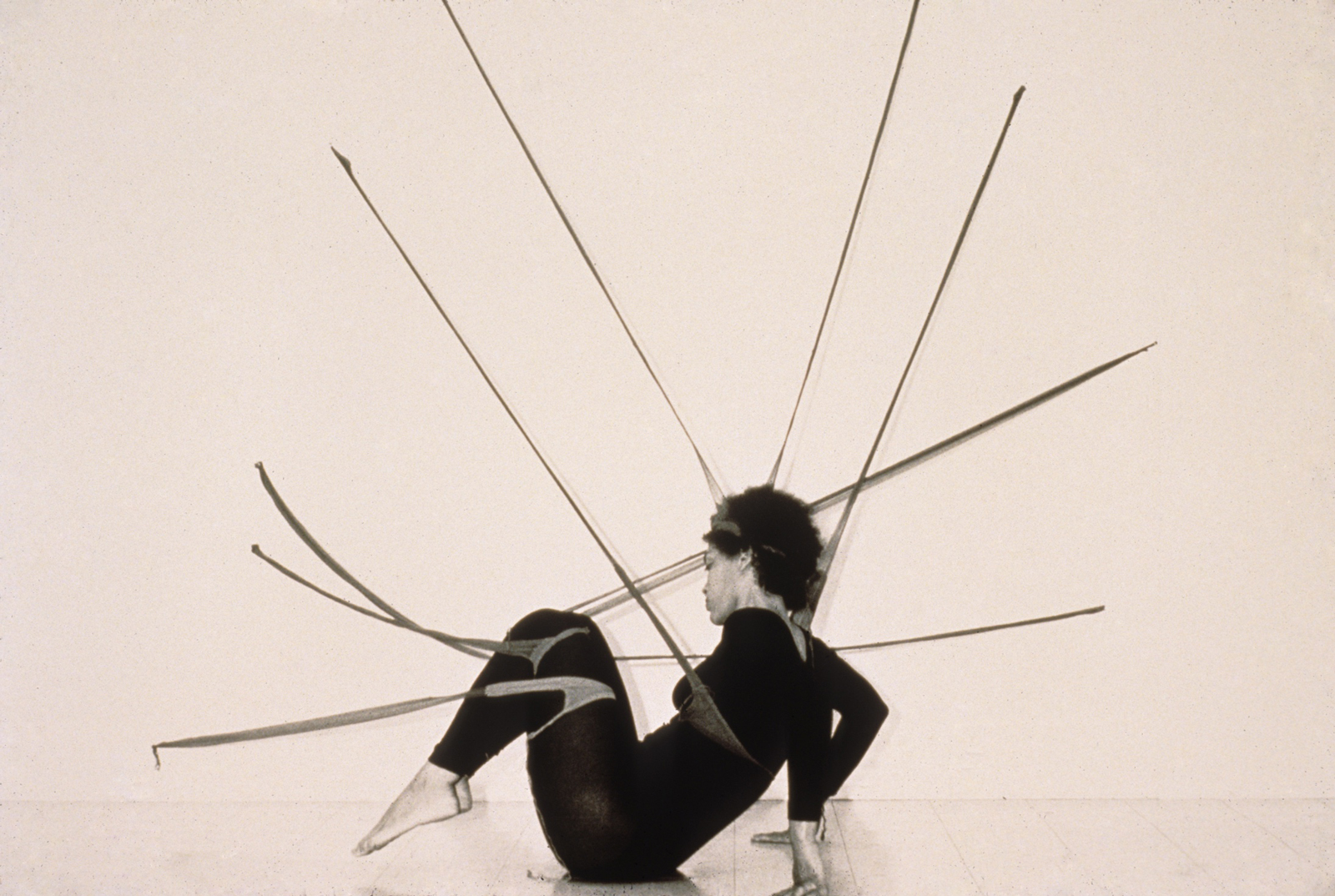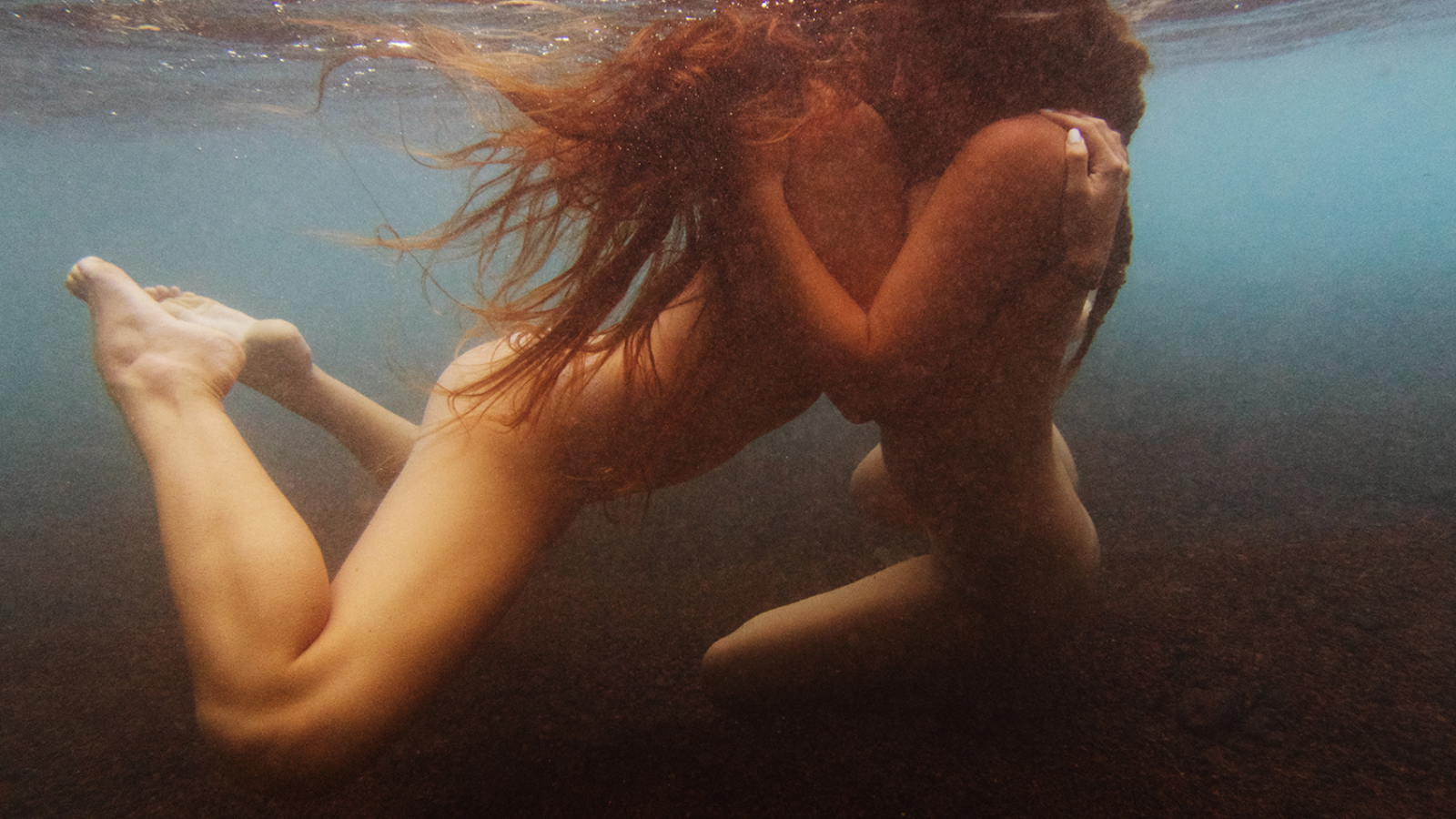Text: Jillian Billard
All Images Courtesy of Lori Zimmer and Melissa McCaig-Welles
“Then She Did,” currently on view at the Plaxall Gallery in Long Island City, is an exciting mixed-media exhibition featuring the work of 23 emerging artists. If you’re a big ‘90s alt rock fan, you may recognize the title of the show, which bears the same name as a song written by the iconic band Jane’s Addiction; a heartbreaking ballad said to have been inspired by singer Perry Farrell’s mother’s suicide, followed by his lover Xiola Blue’s overdose.
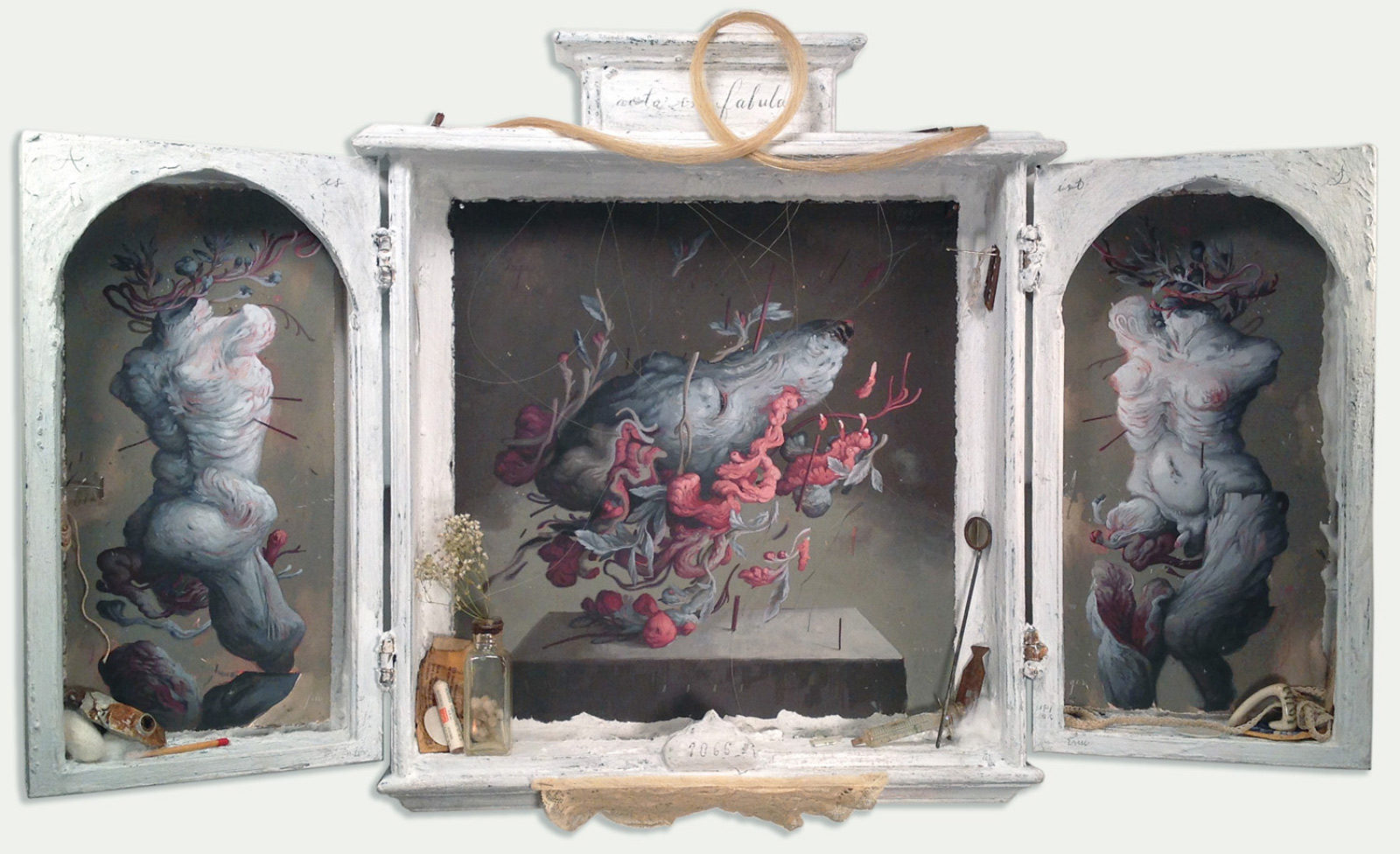
The reference is not a coincidence; evidenced by the excerpted opening lyrics of the song in the show’s press release, “Now her paints are dry…and I looked outside…At the corner boys, yeah…Where did you go?…I don’t know.” The direct nod to the track adds a layer of complexity to the show, which features all women artists; curated with the intention of giving visibility to voices that are often silenced or written out of history. In the final verse of the Jane’s Addiction ballad, Farrell asks Blue to visit his mother in the afterlife, in the hopes of inciting a dialogue between these two integral women in his life so that they might find solace in sharing their stories with each other. In this same vein, curators Lori Zimmer and Melissa McCaig-Welles write of the exhibition: “‘Then She Did’ is a story, a moment, a change, a reflection, a move forward; a space full of words, images, objects, people and their voices…(it) is a personal step of reckoning.” “She” is granted life through the opportunity to create and share her perspective with the world. “Then She Did” appears as “the scream that is the loudest but often the most silent. It is the ugly and it is the most beautiful…(she) is the ordinary person who did something small that changed the entire world.”
Zimmer and McCaig-Welles are quite aware of the backlash that this statement may bring in today’s social climate, but it is evident that they have only positive intentions in putting this show together. While acknowledging a distinction between genders may appear divisive, they do not seek to exclude; but rather to direct a spotlight toward a specific group of women-identifying individuals. The women featured in the show “take us on a journey through the personal revolutions of everyday women in America, whose diverse methods and beliefs are only stronger when unified.” Zimmer and McCaig-Welles posit that change cannot come about when the “widespread person obsession with being ‘right’…(takes) precedence over working towards what’s right.” They incite the notion that instead of tearing each other apart for a difference in beliefs, or attacking each other for “doing too much or not enough, speaking or not speaking, forgetting to include a group or an issue, including too many groups or issues,” people can simply listen to each other’s personal stories. With “Then She Did,” the curators hope to “invite discussion instead of criticism,” by presenting a variety of “approaches and views on sexuality, strength, femininity, independence, support, societal norms, roles, methodology, art, and activism.”
Featured in the show is a diverse group of both emerging and established artists, including Alexandra Momin, Alice Mizrachi, Alison Mosshart, Allison Sommers, Audrey Dimola, Caitlin Harris, Chinon Maria, Elizabeth Winnel, Indie 184, Janette Beckman, Joanne Leah, Karen Dimit, Kathryn Rose, Katrina del Mar, Kendra Heisler, Lady Pink, Marne Lucas, Paola Martinez, Queen Andrea, Rebecca Reeve, Swoon, Vahge and Vicky Barranguet. The works present a wide range of diversity, both in medium and cultural influences. Each piece feels distinctly personal to the artist.
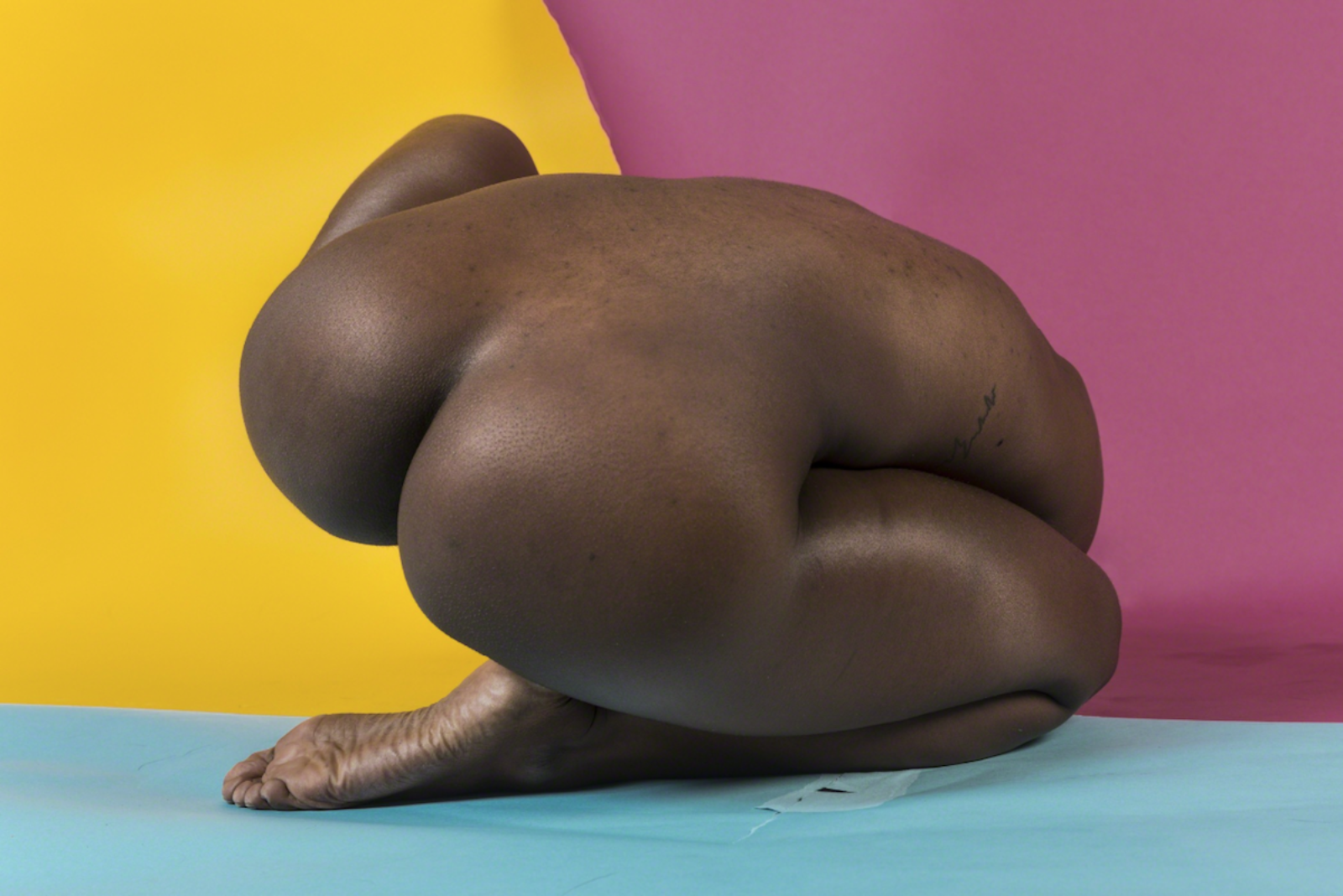
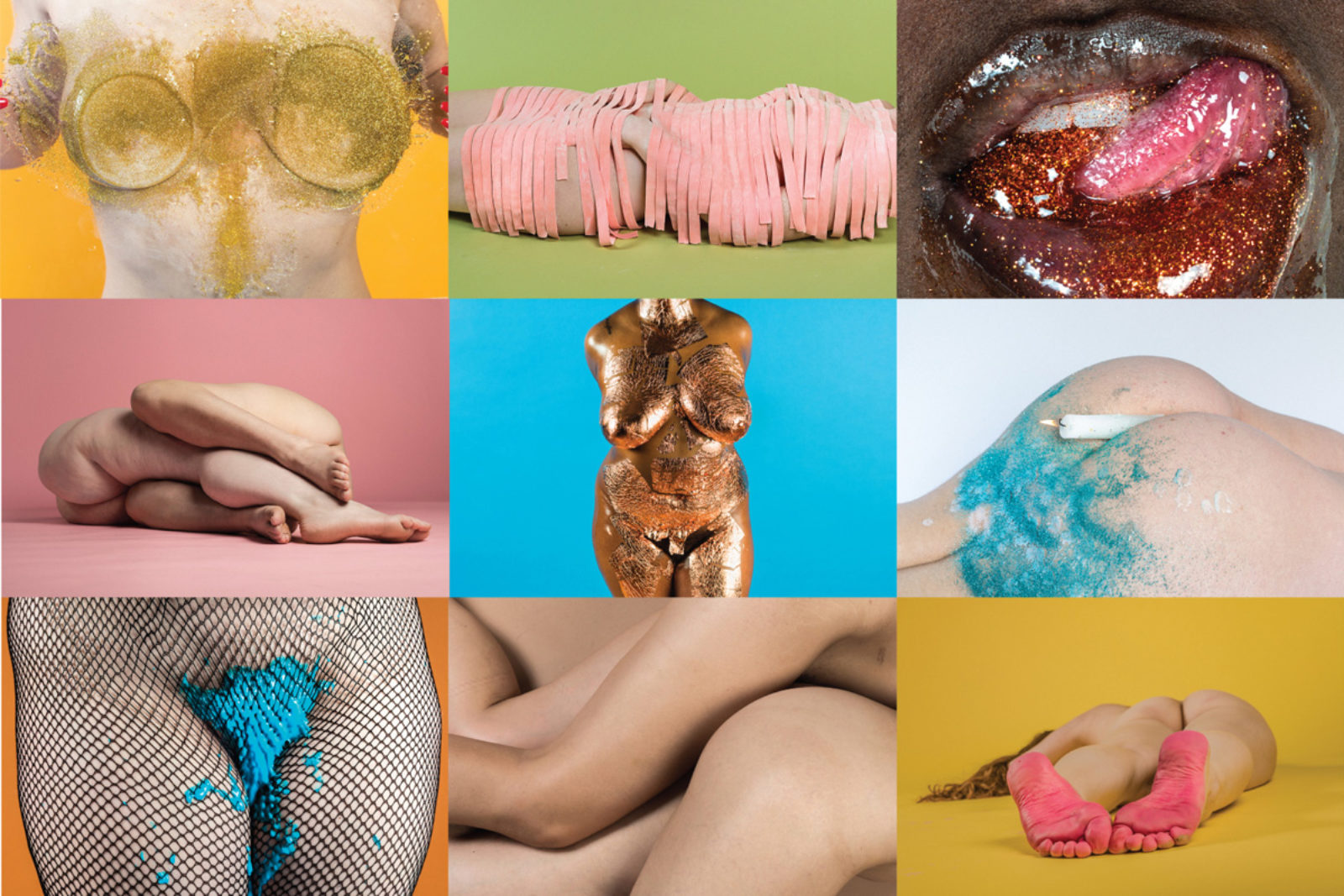
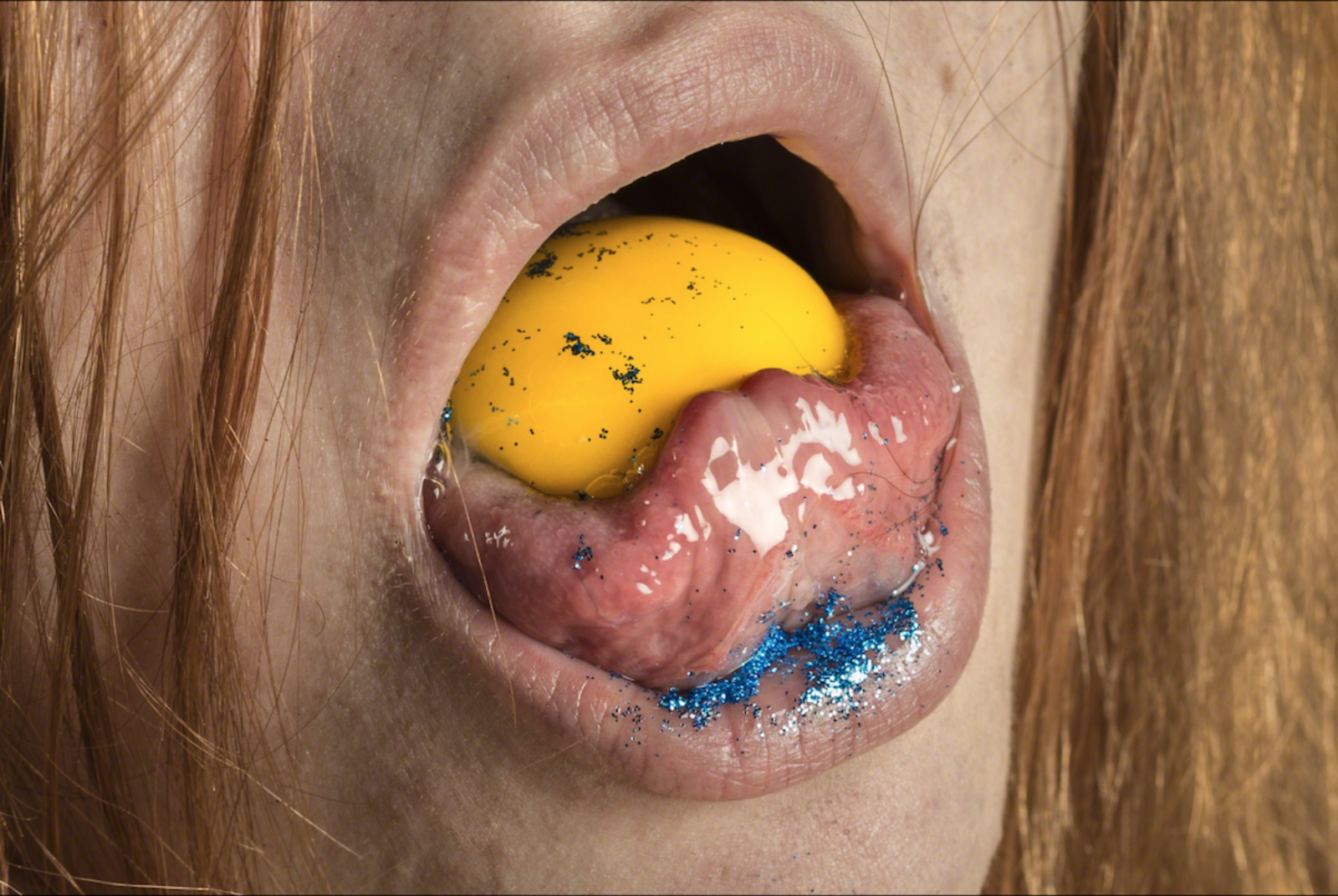
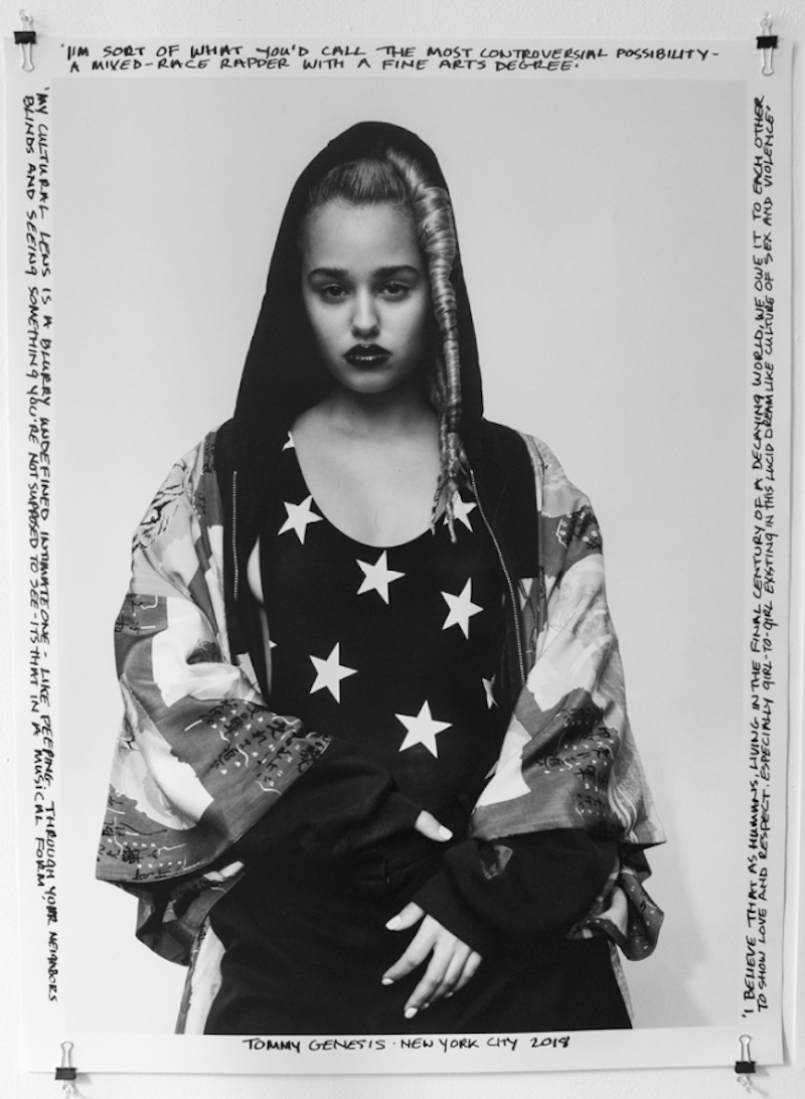
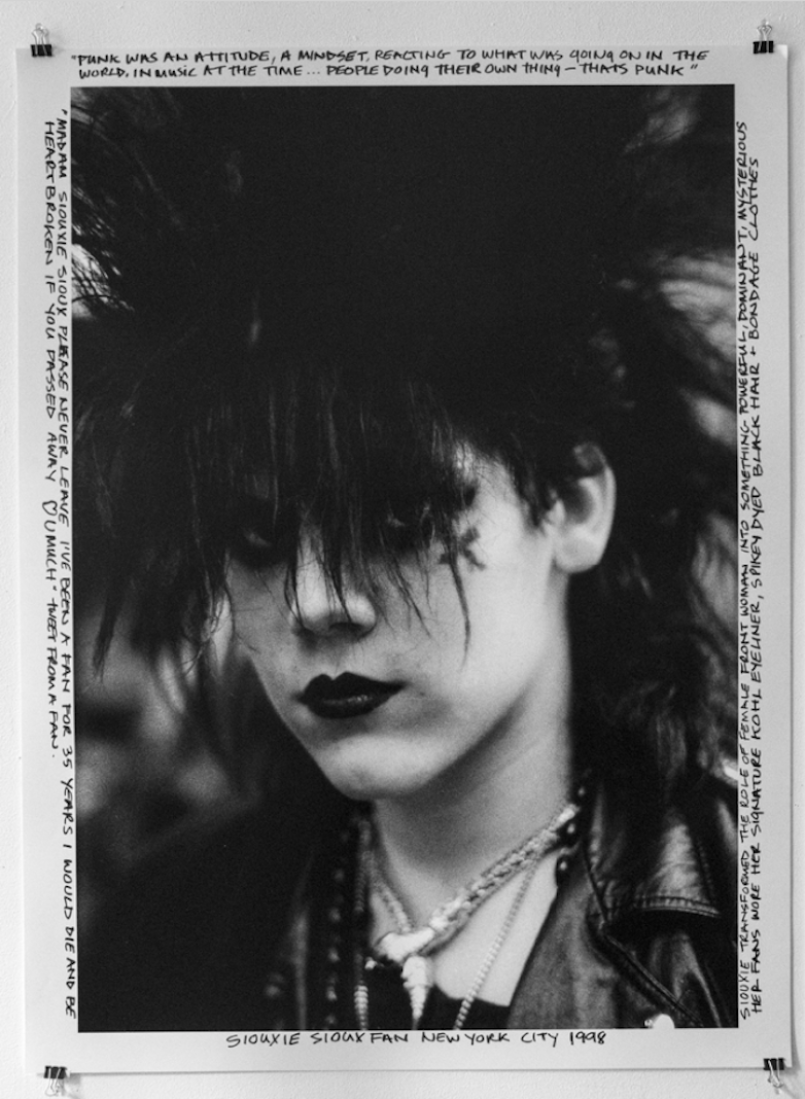
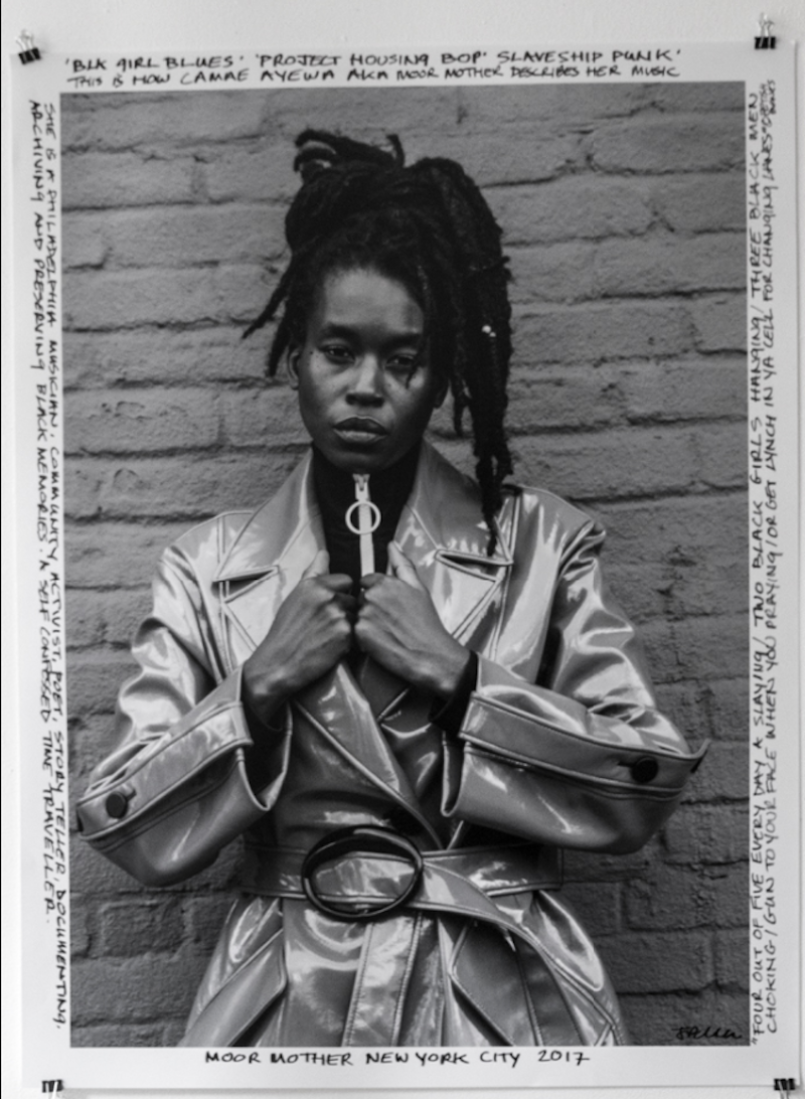
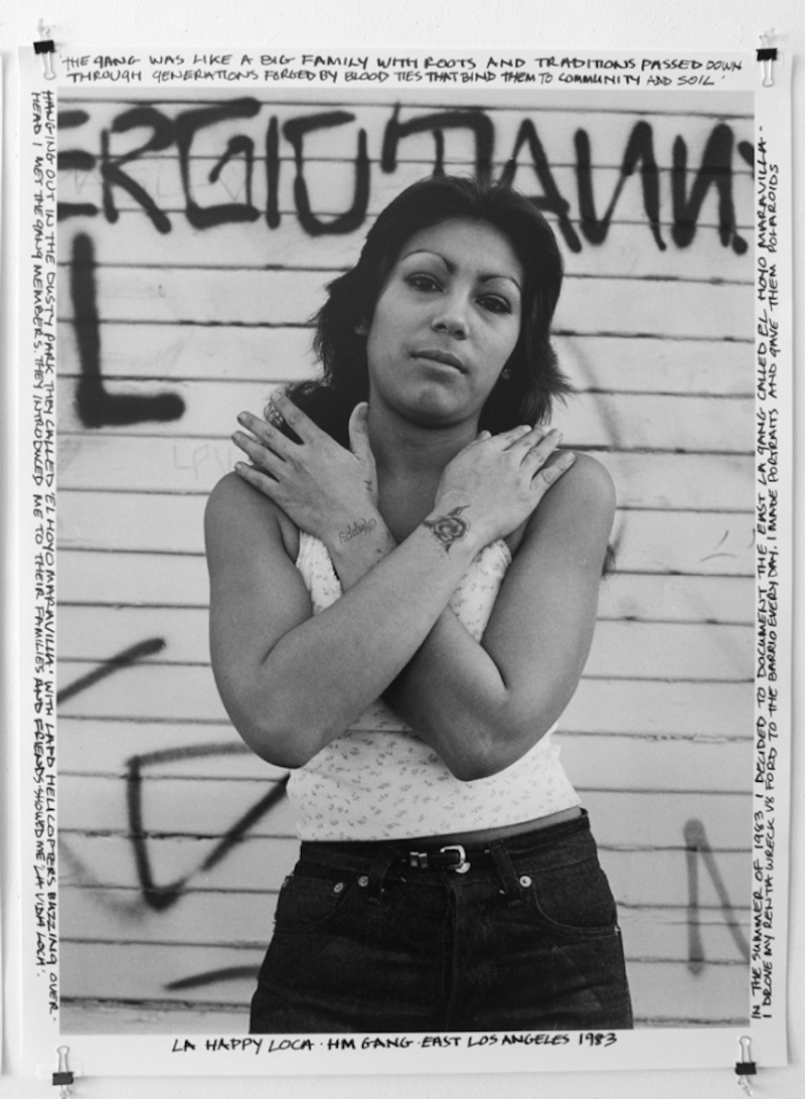
A notable highlight of the show is the work of Brooklyn-based artist Joanne Leah; most known for her photographs portraying a series of contorted nude body parts juxtaposed with stylized props and objects from everyday life against vivid, colorful backgrounds. Leah’s work is self-described as “an eerie trip through staged, fairytale crime scenes.” Deriving influence from her teenage years of rebellion, Leah’s work examines themes of confused identity, isolation and detachment. Deliciously fleshy and voluptuous, the artist revels in evoking the tactility of her subjects. Her contribution to the show is titled Acid Mass: a photographic collection of abstracted bodies; some intertwined and some stand-alone; adorned with materials ranging from sumptuous blue goo, to gold-leaf, unchewed Hubba Bubba bubblegum. Says the artist, “by freeing ourselves from the constraints of physicality, we vividly bend and lurch into new structures.” Interested primarily in the contradictions of simultaneously inhabiting the physical body and the desire to transcend our physical form, Leah seeks to “continually experiment with engaging in methods of bodily detachment. The images themselves become proof of this vulnerable act, between skin and viscera, exhibitionist and voyeur, public and private.”
Playing with similar ideas of the supple body as both beautiful and grotesque is Brooklyn-based, self-taught artist Allison Somers. Somers’ work “Altarpiece III” is a triptych portraying the abstracted female body. Upon first glance the paintings appear as beautiful busts, however upon further investigation we see that the skin of the bodies is gray and paper thin; floating as though suspended in water, with interior organs exuding from the skin. The object is a work in itself, composed of found materials, evoking what the artist refers to as “frustrated nostalgia.”
British born photographer Janette Beckman’s piece “Nasty Women” appears as a triptych as well; consisting of three black and white photographs tacked to the wall and written on with sharpie ink. After moving to New York in 1983, Beckman became interested in the underground hip-hop scene. Her photographs depict New York subculture with a particular focus on people of color. Her triptych included in “Then She Did” depict documentary photographs of strong women that the artist met on the street and at protests; the center image with the words “NASTY WOMAN” written across her cheeks.
Ecuadorian artist Lady Pink is one of the more established artists included in the show. Since she began 1979 Pink has been one of the only women to be recognized as a central figure of the graffiti subculture. From 1979-1985 she was known for painting on subway trains, and she has since become a cult figure in the hip-hop subculture. Her painting included in “Then She Said” is a large-scale work on canvas depicting a voluptuous woman made of brick, stepping over houses below, aptly named Brick Woman Walking. She appears nonchalant; possessing power and grace. I mean, in a show by women about strong women, what could be a more perfect piece to include?
“Then She Did” is on view at The Plaxall Gallery, located at 5-25 46th Ave, through April 7, 2018. Gallery hours are Thursdays 6pm-10pm, and Saturday and Sundays 11am- 6pm.
